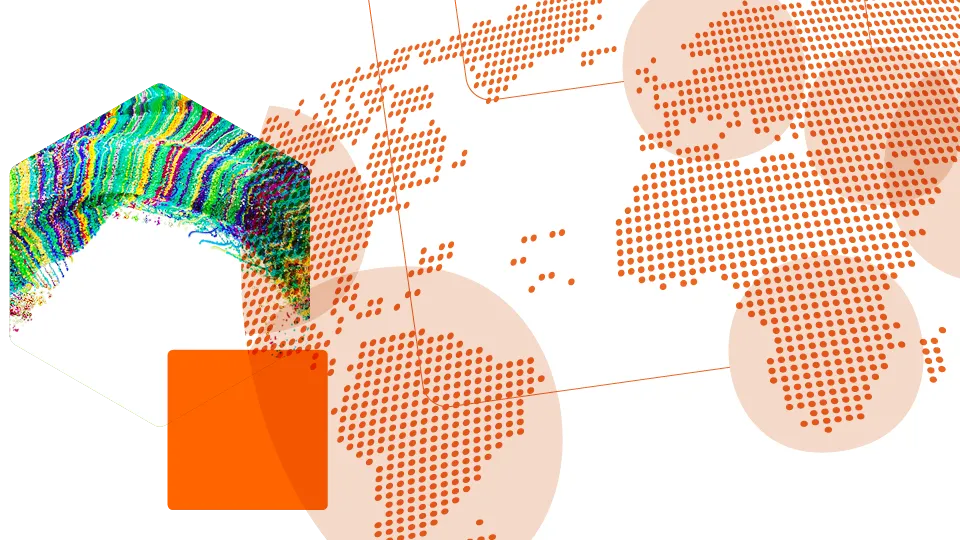Science and Technology Cluster Ranking 2024
The Science and Technology (S&T) Cluster ranking of the Global Innovation Index identifies local concentrations of world-leading science and technology activity. S&T clusters are established through the analysis of patent-filing activity and scientific article publication, documenting the geographical areas around the world with the highest density of inventors and scientific authors.
WIPO locates and ranks science and technology clusters through a geocoding method, mapping addresses and names pulled from documents to 96% accuracy. Find out more about the S&T Cluster methodology.
Top 100 Science and Technology Clusters worldwide 2024
Source: WIPO Statistics Database, April 2024. Orange points refer to top 100 S&T clusters. Blue points (noise) refer to all inventor/author locations not classified in a cluster.
Main findings
The world’s five biggest S&T clusters are all located in East Asia. Tokyo-Yokohama (Japan) leads as the largest global S&T cluster, followed by Shenzhen-Hong Kong-Guangzhou (China and Hong Kong, China), Beijing (China), Seoul (Republic of Korea) and Shanghai-Suzhou (China) clusters. When combined, Tokyo–Yokohama and Shenzhen–Hong Kong–Guangzhou account for almost one in every five PCT applications filed globally.
The Cambridge cluster in the United Kingdom and San Jose-San Francisco, CA in the United States are found to be the clusters with the most intensive S&T activity, in proportion to population density, followed by Eindhoven (Netherlands), Oxford (UK) and Boston–Cambridge (US).
The top 100 S&T clusters continue to be predominantly located in three regions: North America, Europe, and Asia, with a particular concentration in two key economies: China and the United States. China, for the second consecutive year, leads with the most clusters (26) in the top 100. Followed by the United States (20), Germany (8), India and Republic of Korea each with 4 clusters. San Jose–San Francisco is the leading cluster for the US, Munich for Germany, Bengaluru for India, and Seoul for the Republic of Korea.
This year four clusters entered the top 100 for the first time: Kuala Lumpur (Malaysia) ranked 93rd, Nanchang (China, 94th), Cairo (Egypt, 95th)- also the sole cluster within Africa, Kunming (China, 98th) and Macao Special Administrative Region of China–Zhuhai (Macao SAR–Zhuhai) at 100th.
Several middle-income economies (other than China) also experienced strong S&T output growth. Cairo (Egypt) had the highest growth rate for this group at 10.9 percent. Chennai (India) with 7.8 percent and Istanbul (Turkey) with 7.5 percent.
Half of all PCT applications in the top 100 clusters fall within 7 fields of technology. These fields being: Computer technology (12%), Digital communication (11.5%), Electrical machinery, apparatus, energy (6.6%), Medical technology (6.5%), Audio–visual technology (4.7%), Measurement (4.6%) and Pharmaceuticals (4.5%); of which the top 10 clusters contribute 65% to the overall total.
PCT applications within the electrical engineering fields are highly concentrated in Shenzhen–Hong Kong–Guangzhou (70% of total cluster, also highest volume overall), Beijing (70%), San Diego (71%) and Seattle (72%).
Top 100 Science and Technology Cluster briefs 2024
For ongoing work on assisting countries to measure and improve innovation at the sub-national level see the WIPO toolkit on "Enabling Innovation Measurement at the Sub-National Level" and the dedicated WIPO General Assemblies Side Event.
